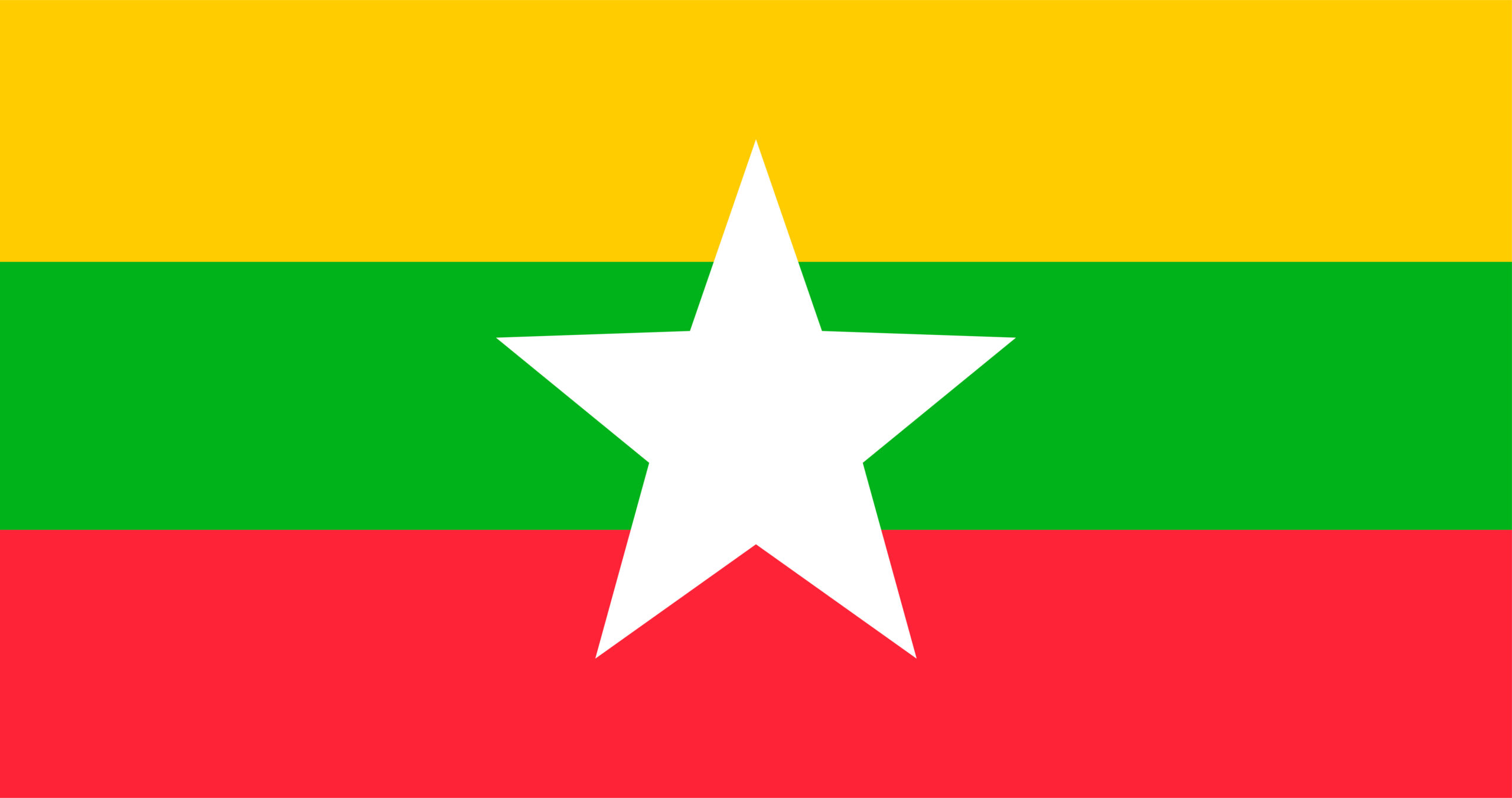Chairman, MISIS
Dear Ambassador Dr. Raza Muhammad, President, IPRI
Distinguished Speakers,
Colonel Imran Khan, Defence Attache, Defence Wing of the Embassy of the Islamic Republic of Pakistan, Yangon.
Mingalabar to you all!
I am pleased that Myanmar ISIS and the Islamabad Policy Research Institute could hold this very interesting webinar on “Ghandhara Civilization and Buddhist Heritage of Pakistan”
I am very glad to make an opening remarks today.
This is the second zoom meeting between our two Think Tanks after I took the Chair of Myanmar ISIS. This happens within a few months and I am delighted of our useful cooperation. Also, I have to say a word of thank to Col. Imran Khan for giving us his time and efforts to make this seminar happen.
Throughout history great civilizations built with great efforts. They rose and fell.
And they faded away for various reasons and became history, but not without trace.
Their history, sites, culture, relics, etc. are researched, located, excavated, recorded, and preserved after many centuries.
Not only respective descendants but historians and scholars from other parts of the world value those ancient civilizations as they contribute to the evolution of humankind.
Pakistan’s Ghandhara Civilization is one of them.
When I learned about Ghandhara Civilization from Colonel Imran Khan, I got very excited. As a Buddhist myself, I know that Buddhism flourished there for over 1,000 years. I wanted to know more about this Civilization.
Today we have four speakers, two from Pakistan side and two from Myanmar. They are going to share us on their research, studies and possible opportunities about Ghandhara Civilization and Buddhist Heritage from them.
In Myanmar, you may have known about “ Phyu Civilization “. It was between 200 BC and 900 AD. Phyu Civilization and culture flourished over 1000 years. There were three cities at Phyu Civilization. The Pyu cities provide the earliest testimony of the introduction of Buddhism into Southeast Asia almost two thousand years ago and the attendant economic, socio- political and cultural transformations which resulted in the rise of the first, largest, and longest-lived urbanized settlements of the region up until the 9th century.
These earliest Buddhist city-states played a seminal role in the process of transmitting the literary, architectural and ritual traditions of Pali-based Buddhism to other societies in the sub-region where they continue to be practiced up to the present.
It’s pity that both Myanmar and Pakistan lost the respective magnificent civilizations.
Dear Ambassador, And participants,
One of the objectives of this zoom meeting is to promote religious tourism between Myanmar and Pakistan, related to the old time civilizations sites.
The places where Ghandhara Civilization and Phyu Civilization existed once are definitely worth visiting, especially by Buddhists. In between Myanmar and Pakistan lie Nepal, where Prince Siddartha was born; India, where Gautama Buddha attained nirvana; and Sri Lanka, where also Buddhism still flourishes.
If tour agencies of Myanmar and Pakistan can attract Buddhists from each other country plus these three countries and beyond, in cooperation with tour agencies of respective countries, all will benefit.
I would like to recommend that tour agencies of our two countries establish contacts with a view to working in this regard, and hope that the speakers on tourism will come up with recommendations accordingly.
Thank you very much.



